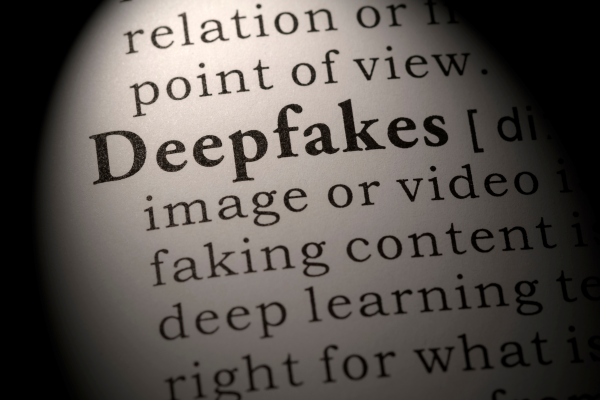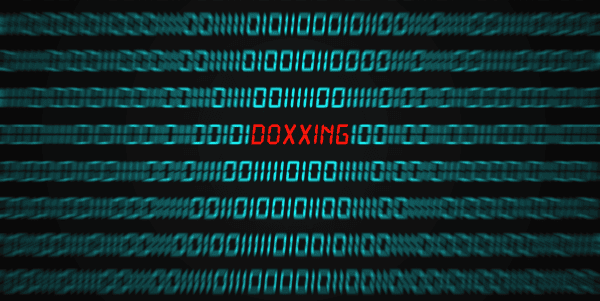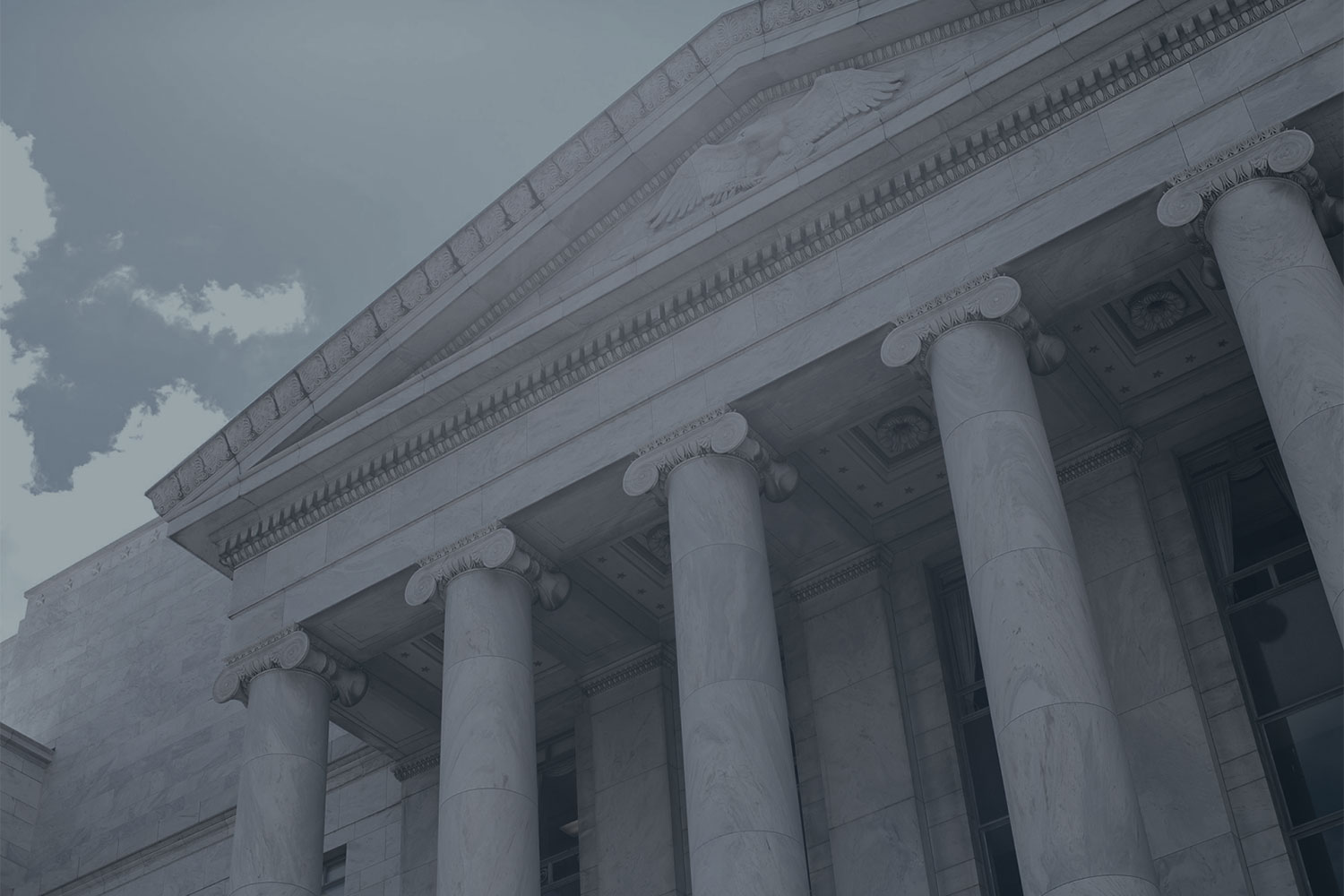Author
Who is allowed in a jury deliberation room? On its face, the answer appears straightforward: only the jury. But as courtroom procedures evolve alongside the digital age, this once-simple question reveals deeper legal and constitutional complexities.
The recent case of United States v. Briscoe,1 decided by the Tenth Circuit, tackled this very issue. At its center: an IT technician, called into the jury room at the jurors’ request for assistance with video playback equipment during deliberations. The Briscoe defense argued that the presence of the technician in the deliberation room compromised the impartiality of the jury and violated Briscoe’s Sixth Amendment right. Unconvinced, the Tenth Circuit denied Briscoe’s motion to vacate his sentence, grounding its decision in three key principles: the presumption of prejudice, the doctrine of harmless error, and the guarantee of an impartial jury.
The Presumption of Prejudice: When Is It Triggered?
Briscoe’s defense leaned heavily on the U.S. Supreme Court’s decision in Remmer v. United States,2 which establishes that any private communication with a juror about a pending case is “presumptively prejudicial.” As framed in Remmer II, “it is the law’s objective to guard jealously” the jury’s independence from unauthorized external influence.3
The Tenth Circuit, however, declined to apply this presumption in Briscoe. The court found that the IT technician’s communications with the jury were not private and were therefore not prohibited by Remmer.4 Crucially, during the Briscoe trial, the district court announced to the jury in open court “that there would be someone in the jury room to instruct them how to access electronic evidence,” thereby putting all parties on notice without objection.5 The Tenth Circuit thus found that the IT technician’s presence was not only expressly authorized by trial court directions but fully disclosed to all parties.6
Briscoe’s defense nonetheless pointed to two cases where a third-party technician in the jury room corrupted the deliberation process, arguing that a technician’s presence could still be inherently prejudicial:
Little v. United States: 7 In this case, a court stenographer was sent into the jury room to read aloud a copy of jury instructions. The court found that this posed a risk of misreading or improperly emphasizing parts of the instructions, potentially changing the case’s outcome.8 This case did not sway the Tenth Circuit here. It found that the video in Briscoe spoke for itself, unlike the stenographer who used her own voice and interpretation.9 Moreover, the stenographer was present during the trial and could have formed an opinion, whereas the IT technician was not and remained completely unfamiliar with the case.10
United States v. Freeman: 11 Here, an FBI agent who had testified against the defendant operated audiotape equipment in the jury room without notifying counsel, creating a risk of improper influence from an interested party. The Tenth Circuit found this case also did not support Briscoe’s argument because the IT technician was not an interested party in the trial, and all parties had been notified of his potential presence.12 The technician simply operated the equipment; he did not impermissibly present, describe, or alter the video.
In short, the technician in Briscoe had no prior involvement in the case, made no statements, and merely facilitated access to evidence without altering or interpreting it. As a result, the court distinguished Little and Freeman and declined to presume prejudice from his presence and actions in the jury room.
Harmless Error: Was Any Damage Done?
Not all legal errors at trial warrant overturning a verdict. Under the doctrine of harmless error, if a constitutional error occurs during a federal criminal trial that is being reviewed on habeas, the government has the burden of proving that the error did not have a substantial and injurious effect on the trial’s outcome. If the government makes that showing, the error may be deemed harmless.13 Here, juror interviews revealed that the technician was in the deliberation room for a short period (5-20 minutes) solely to show jurors how to operate the equipment before leaving.14 No jurors remembered speaking to him, and the IT technician himself couldn’t recall the encounter.10 The video evidence that was central to the case was unaltered and, importantly, spoke for itself.15
In other words, while the presence of a third party in the jury room may raise eyebrows, the absence of any concrete prejudice meant the verdict stood. The court concluded that there was only unverified conjecture that the jury’s verdict lacked integrity, and that “the government moved the needle to the harmless side of equipoise” ― a fancy way of saying that any legal misstep that may have occurred was too inconsequential to matter.16
An Impartial Jury: Still Intact?
The Sixth Amendment guarantees criminal defendants the right to a trial by an impartial jury.17 Without any demonstrable prejudice and with the alleged error (if any) deemed harmless, Briscoe’s claim of a Sixth Amendment violation failed. In distinguishing the case from Remmer, the Tenth Circuit noted that Remmer involved a juror bribery attempt that “went to the heart of the trial’s integrity.”18 In contrast, Briscoe jurors operated the video equipment both with and without the technician’s assistance, offering no indication that the technician’s involvement went “to ‘the heart’ of the ‘integrity’ of Briscoe’s trial.”19
The key takeaway: the presence of a non-juror inside the deliberation room must translate into actual, demonstrable damage to the jury’s impartiality to warrant relief.
What’s Next? The Question of Digital Evidence and AI
The Briscoe case raises another, perhaps more pressing, question: if we now know who is allowed in the jury room, what about what is allowed in the jury room? As more trials rely on digital media such as videos, audio recordings, and photographs for evidence,20 the way this evidence is presented and revisited in the jury room becomes increasingly consequential. In Briscoe, the court focused on the neutrality of the IT technician, not the implications of the jurors viewing the video footage differently from how it was presented at trial. But future cases may well flip that focus.
For instance, if jurors are permitted to slow down, zoom in, or freeze-frame video evidence, are they discovering new insights that were never intended during trial? Does this manipulation generate extraneous information (facts not subjected to adversarial testing in court)? If so, could it compromise the jury’s impartiality in the same way as improper testimony or inadmissible evidence? This debate hinges on whether digitally manipulating evidence is viewed as more akin to healthy deliberation or to unauthorized investigation.
The definitive answers to these questions will emerge with time, especially as Artificial Intelligence (AI) increasingly integrates into our daily lives. As the justice system braces for the AI age, the Briscoe case is just the beginning. AI is fast becoming a courtroom tool, necessitating new legal protocols.21 But what happens when AI crosses the threshold of the jury room? Consider these future scenarios:
- Will jury members be allowed to use AI in the deliberation room?
- Could an AI “technician” be allowed to guide jurors through digital platforms? Provide replays? Clarify digital evidence?
- If jurors requested a definition or explanation mid-deliberation, would AI be allowed to answer?
The idea of AI-assisted deliberations may sound like science fiction, but these questions are already knocking on the courtroom door. Until then, courts must continue to wrestle with a more immediate but equally complicated question: who, exactly, is allowed in the jury room ― and under what conditions?
Conclusion
The Briscoe decision illustrates that judicial impartiality is not easily compromised, but neither is it immune to evolution. As courts confront new technology, old assumptions about what constitutes external influence may need to adapt. While the IT technician in Briscoe may not have broken the sanctity of the jury, the case serves as a cautionary tale. In an age where lines blur between assistance and interference, vigilance, not tradition, will guard the jury room.
Endnotes
- United States v. Briscoe, No. 23-3109 (10th Cir. April 2, 2025). [↩]
- Remmer v. United States, 347 U.S. 227, 229 (1954). [↩]
- Remmer v. United States, 350 U.S. 377, 382 (1956). [↩]
- Briscoe, No. 23-3109 at 8. [↩]
- Id. at 8-9. [↩]
- Id. at 9. [↩]
- Little v. United States, 73 F.2d 861 (10th Cir. 1934). [↩]
- Id. at 867. [↩]
- Briscoe, No. 23-3109 at 10. [↩]
- Id. [↩][↩]
- United States v. Freeman, 634 F.2d 1267 (10th Cir. 1980). [↩]
- Briscoe, No. 23-3109 at 11-12. [↩]
- Brecht v. Abrahamson, 507 U.S. 619, 637 (1993). [↩]
- Briscoe, No. 23-3109 at 15. [↩]
- Id. at 10. [↩]
- Id. at 16. [↩]
- U.S. Const. amend. vi. [↩]
- Howell v. Trammell, 728 F.3d 1202, 1214 (10th Cir. 2013). [↩]
- Briscoe, No. 23-3109 at 7. [↩]
- Aaron Delgado, The Impact of Digital Evidence in Today’s Criminal Cases, Aaron Delgado & Associates. [↩]
- Allyson Brunette, Humanizing Justice: The Transformational Impact of AI in Courts, from Filing to Sentencing, Thomson Reuters Institute (Oct. 25, 2024). [↩]





